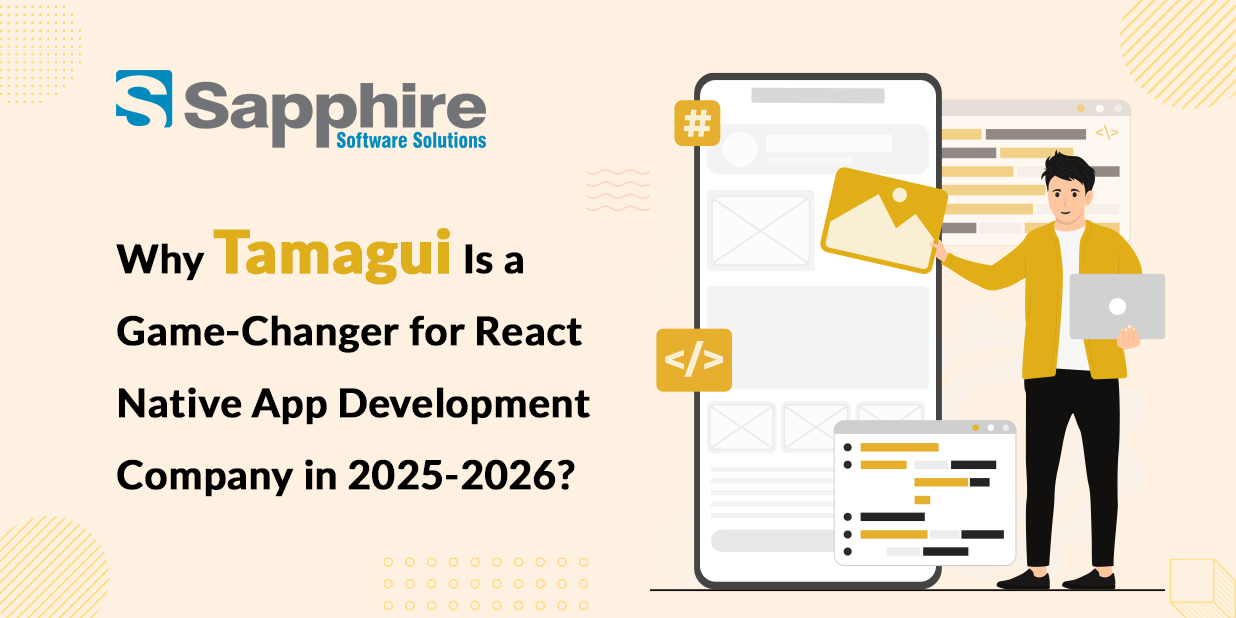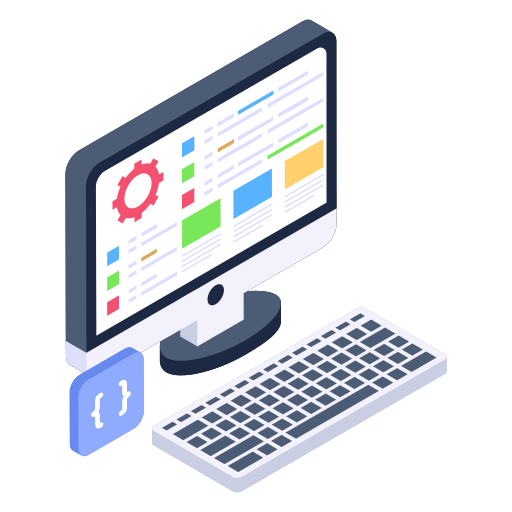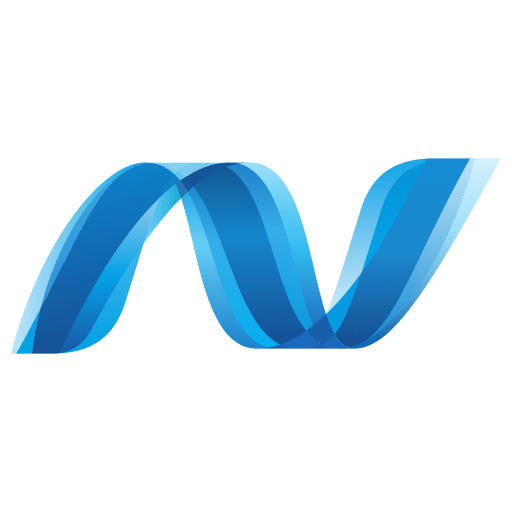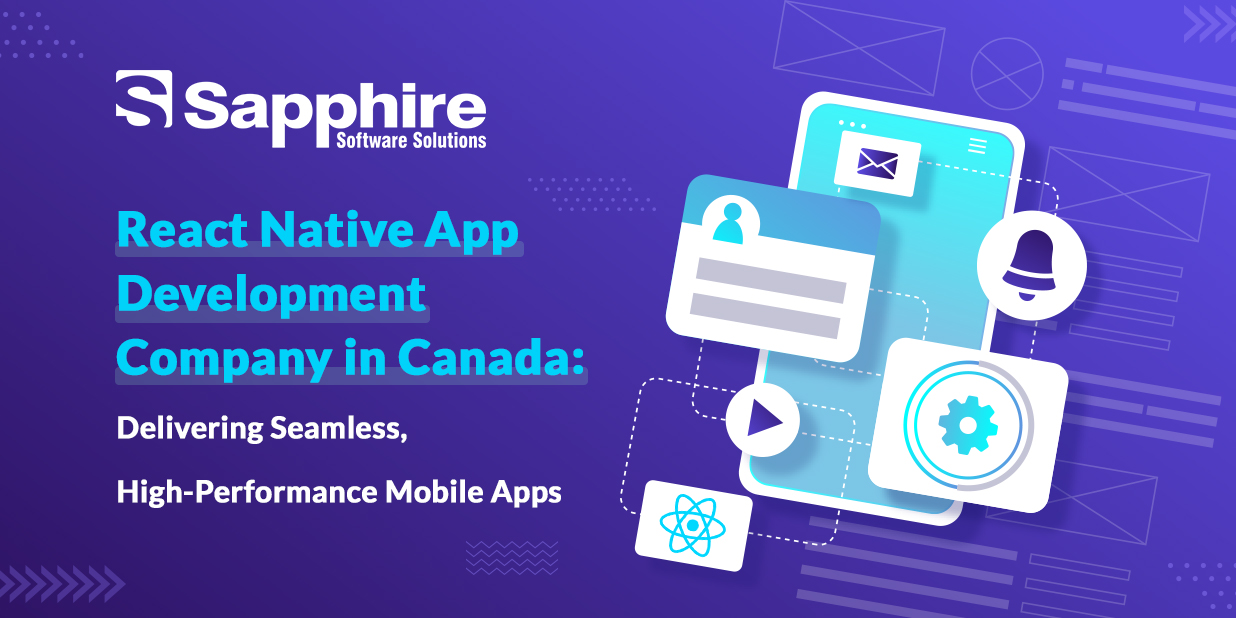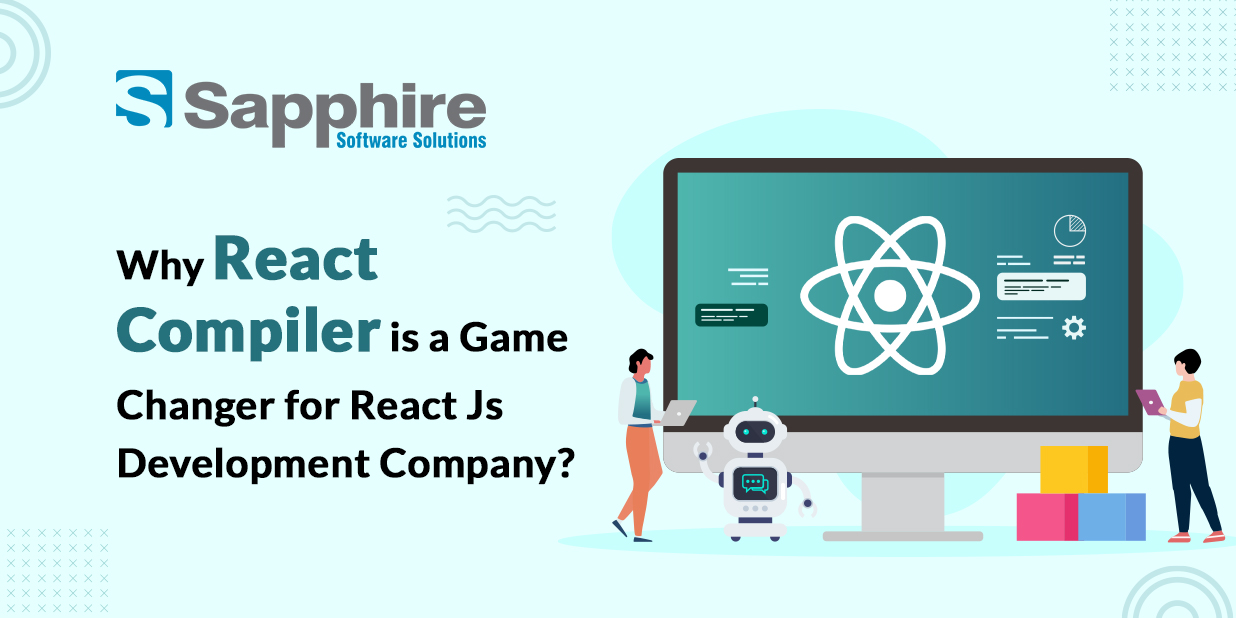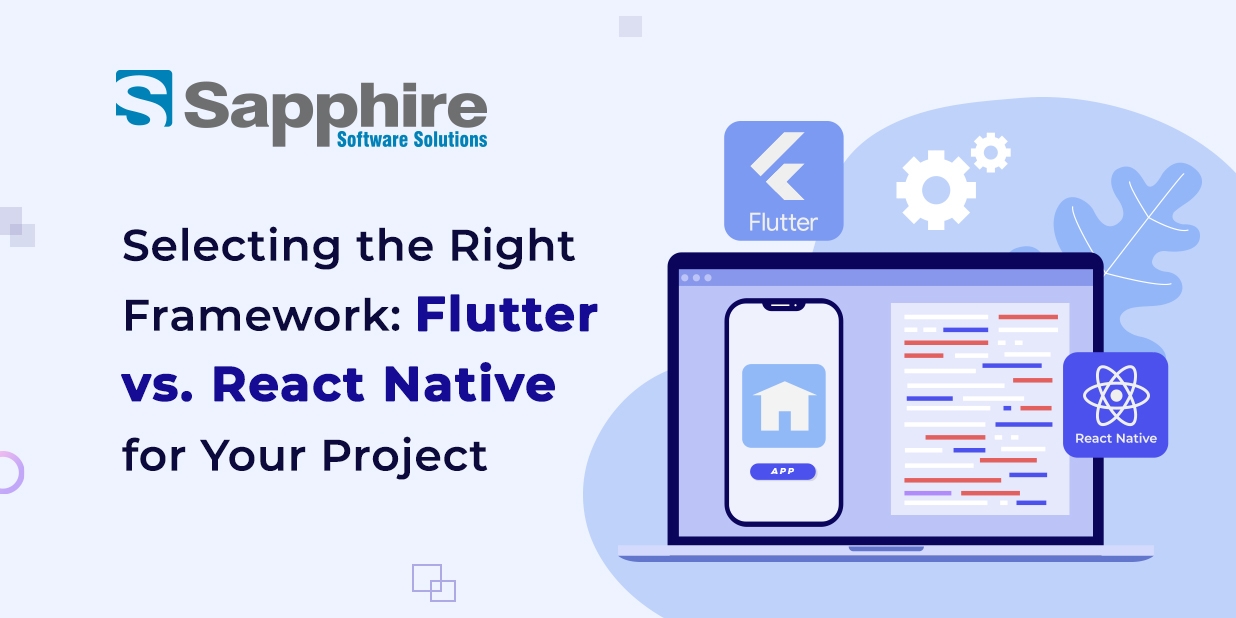In the constantly changing landscape of mobile and web development, innovation is key to staying competitive. Tamagui represents one such breakthrough that’s transforming how developers work. Forward-thinking React Native App Development Company teams are discovering that Tamagui provides a powerful toolkit combining high-performance UI capabilities with true cross-platform functionality.
The demands of 2025’s tech market require apps that are smooth, fast, and visually impressive. Both developers and businesses need tools that simplify development while making it more intelligent. This is exactly where Tamagui UI enters the picture. From small startups to large corporations, we’re seeing widespread adoption of the Tamagui react native framework, proving that the future has arrived.
Today’s app development scene faces tough competition, with users demanding perfect experiences regardless of platform. Old development methods often require separate codebases for web and mobile platforms, creating inconsistencies, raising costs, and extending timelines. Tamagui directly addresses these challenges with a unified approach that maintains performance and user experience.
The standout feature of Tamagui lies in its compiler architecture that optimises components during build rather than runtime. This leads to quicker loading, smoother animations, and better performance metrics that directly affect user satisfaction. Getting started requires just a simple tamagui install command that prepares your project with all necessary settings for both web and mobile platforms.
Beginning a Tamagui project is straightforward. Developers can start with npx create-tamagui-app, which sets up a well-organised project structure separating shared components from platform-specific code. This structure maximizes code sharing while allowing customization when needed.
In this blog, we’ll explore why React Native App Development Services are quickly adopting this tool, examine how combining tamagui Next.js is reshaping web and mobile app creation, and discuss important factors when choosing development partners for cross-platform projects.
Why React Native App Development Companies Are Adopting Tamagui?
1. Superior Performance:
Unlike conventional UI frameworks, Tamagui UI focuses on performance by generating atomic CSS during build time, which greatly improves runtime speed.
Tests show that apps built with Tamagui typically load 30-40% faster than those using traditional React Native UI libraries. This advantage comes from Tamagui’s compiler approach, which converts component styles into optimized platform-specific code during build rather than runtime.
For mobile apps, this means smoother animations, quicker transitions, and better overall responsiveness. Web applications benefit from smaller bundle sizes and faster initial page loads—crucial factors for SEO and keeping users engaged.
2. True Cross-Platform Efficiency:
Tamagui react native ensures consistent app performance across mobile and web platforms without sacrificing native-level quality.
The unified styling and component API means developers don’t need different approaches for different platforms. This shortens the learning curve and speeds up development cycles. More importantly, users experience consistent interfaces regardless of how they access your application.
Building components with Tamagui is remarkably easy. For instance, a simple button component looks like:
jsx
import { Button } from ‘tamagui’;
export default function MyButton() {
return <Button>Click Me</Button>;
}
What stands out is how Tamagui handles platform-specific behaviours. Touch events on mobile devices seamlessly translate to mouse events on web platforms, with hover states and focus indicators appearing appropriately in each context.
3. Scalability with Design Systems:
Building reusable, scalable design systems is straightforward with Tamagui, making it perfect for companies with strong brand identities. Tamagui’s token-based design system provides centralized control over colours, typography, spacing, and other design elements. When brands update their visual identity, changes at the token level automatically apply throughout the entire application. This ensures consistency and greatly reduces the effort needed for design updates.
Advanced theming features let developers implement light, dark, or custom brand themes easily. The Tamagui GitHub repository contains many theme examples that can be customized to match specific brand guidelines. For enterprise clients, this scalability supports multiple brands or white-labeled products from a single codebase—a significant advantage for React Native App Development Services working with diverse client portfolios.
4. Developer-Friendly Experience:
Clear guides, an active Tamagui GitHub community, and intuitive component design keep developers happy and productive. The developer experience benefits from excellent TypeScript support, providing type safety and intelligent code completion. This reduces errors during development and makes it easier to bring new team members onboard. Tamagui’s hot module reloading works exceptionally well across platforms, allowing developers to see changes instantly without losing application state. This quick feedback loop accelerates development and encourages experimentation. The tamagui install process has been streamlined to minimize setup difficulties, with comprehensive documentation and starter templates available for various project needs.
5. Future-Proof Development:
Regular updates, active maintenance on Tamagui GitHub, and a vibrant community ensure your apps are built on a foundation that will last. Tamagui’s architecture adapts to emerging platform capabilities and design trends. Its compiler-based approach means new optimizations can be integrated without requiring major code changes in your application. For long-term projects, this adaptability is essential. Applications built with Tamagui today will continue benefiting from performance improvements and new features as they’re released, extending your investment’s lifespan.
React Native App Development Services are investing heavily in learning and adopting Tamagui to deliver cutting-edge solutions.
Next.js + Tamagui for Mobile & Web: Why It’s the Future of Development?
1. Server-Side Rendering and SEO:
While traditional React Native apps struggled with SEO, Next.js enables Server-Side Rendering (SSR), greatly improving search engine visibility. The SEO benefits are substantial. Server-rendered pages load faster for users and can be fully indexed by search engines. This means content-rich applications can rank for relevant keywords and drive organic traffic—something that was difficult with client-side rendered React Native apps.
Implementing Tamagui web solutions with Next.js is straightforward, with deployment handled through familiar Next.js commands. This lets developers use the extensive Next.js ecosystem while maintaining consistency with their mobile interfaces. Additionally, Next.js’s static generation capabilities allow even faster page loads and lower server costs for content that doesn’t change often. Combined with Tamagui’s optimized styling, this creates web experiences that outperform most conventional websites.
2. One Unified Codebase:
Thanks to Tamagui web support, developers can maintain a single codebase for both web and mobile, dramatically reducing development time and expenses.
Code sharing between platforms goes beyond reusing components—it extends to business logic, data fetching, state management, and even animations. With the tamagui next.js combination, teams can share up to 90% of code between platforms, with only minimal platform-specific adjustments.
This unified approach also simplifies testing and quality assurance. When a bug is fixed or a feature is implemented, both platforms immediately benefit, reducing the risk of platform-specific issues.
3. Speed and Performance:
Both Tamagui UI and Next.js prioritize exceptional performance, ensuring smooth, engaging user experiences.
Next.js provides advanced web optimizations like automatic image optimization, font optimization, and script loading strategies. Combined with Tamagui’s efficient styling system, this creates web applications that achieve excellent Lighthouse scores—a significant competitive advantage in today’s performance-conscious market.
For mobile applications, this performance advantage means lower battery consumption and smoother operation even on mid-range devices, expanding your potential user base.
4. Ease of Maintenance:
One team, one project, one maintenance cycle. Simplified project management leads to faster iterations and updates.
The monorepo structure typically used with tamagui nextjs projects enables tight integration between platform-specific code while maintaining clear boundaries. This makes onboarding new developers easier and enables efficient collaboration between team members working on different aspects of the application.
Centralized dependency management reduces version conflict risks and ensures consistent behaviour across platforms. When security patches or library updates are needed, they can be applied once and verified across all platforms simultaneously.
5. Scalability for Future Growth:
Combining Tamagui react native with Next.js allows developers to build MVPs quickly and scale them into enterprise-grade solutions without difficulty.
The modular nature of both technologies means applications can start small and grow organically as needs evolve. New features can be added incrementally without major refactoring, and performance optimizations can be applied selectively to high-traffic parts of the application.
For businesses with changing requirements, this scalability provides essential flexibility. The same codebase that powers a simple MVP can expand to support complex workflows, multiple languages, accessibility features, and other enterprise requirements without starting from scratch.
Mastering Tamagui Next.js is essential for companies serious about future-proofing their apps.
Key Factors to Consider When Hiring a React Native App Development Company:-
1. Hands-On Experience with Tamagui:
Ask about their familiarity with Tamagui UI, Tamagui react native, and whether they’ve explored the Tamagui GitHub community.
Ask specific questions about their experience with Tamagui’s compiler configuration, theme customization, and cross-platform implementations. A knowledgeable team should be able to discuss Tamagui’s approach compared to other UI frameworks like React Native Paper or NativeBase.
Request examples of applications they’ve built using Tamagui and ask about challenges they faced during implementation and how they overcame them. This will reveal their problem-solving abilities and understanding depth.
2. Proven Portfolio:
Ensure the company has successfully delivered cross-platform apps using Tamagui Web and Tamagui Next.js strategies.
Look beyond screenshots—ask about performance metrics, code sharing percentages, and user feedback. A company with genuine expertise will demonstrate measurable improvements in development efficiency and application performance.
Pay particular attention to applications supporting both web and mobile platforms from a unified codebase, as this shows exactly the expertise you need for your Tamagui project.
3. Technical Expertise:
Technical strength is crucial. Make sure the team can handle complete Tamagui install processes, theme customizations, and responsive web deployment.
The ideal development partner should demonstrate expertise not just in Tamagui itself, but in related tools and practices. This includes TypeScript proficiency, monorepo management with tools like Turborepo, and CI/CD pipelines optimized for cross-platform deployment.
Ask about their quality assurance processes, particularly how they test across different platforms and devices. A mature development process should include automated testing, visual regression testing, and real-device testing.
4. Custom Development Approach:
Great companies customize solutions to client needs, often using creative Tamagui techniques for best results.
Discuss how they approach requirements gathering and project planning for cross-platform projects. They should clearly explain their strategy for identifying which components can be shared across platforms and which might need platform-specific implementations.
The company should also demonstrate a thoughtful approach to API design and state management, ensuring that the application’s architecture supports both current requirements and future growth.
5. Community Contributions:
Companies that actively contribute to Tamagui GitHub or related communities show a passion for learning and innovation.
Community involvement indicates a deeper commitment to the technology beyond just using it as a tool. Contributors typically understand the framework’s capabilities and limitations more thoroughly, and often know about upcoming features or changes before they’re widely announced.
These contributions might include code submissions, documentation improvements, or creating supplementary tools and libraries that enhance the Tamagui ecosystem.
6. Robust Post-Launch Support:
Your journey doesn’t end after deployment. Choose companies offering reliable maintenance as part of their React Native App Development Services.
Discuss their approach to post-launch monitoring, particularly how they track and address performance issues across different platforms. Ask about their update schedule and how they handle Tamagui version upgrades while maintaining compatibility with existing code.
A comprehensive support plan should include regular security audits, performance optimizations, and feature enhancements based on user feedback and changing business requirements.
Top Reasons Sapphire Should Be Your First Choice for React Native App Development Services:-
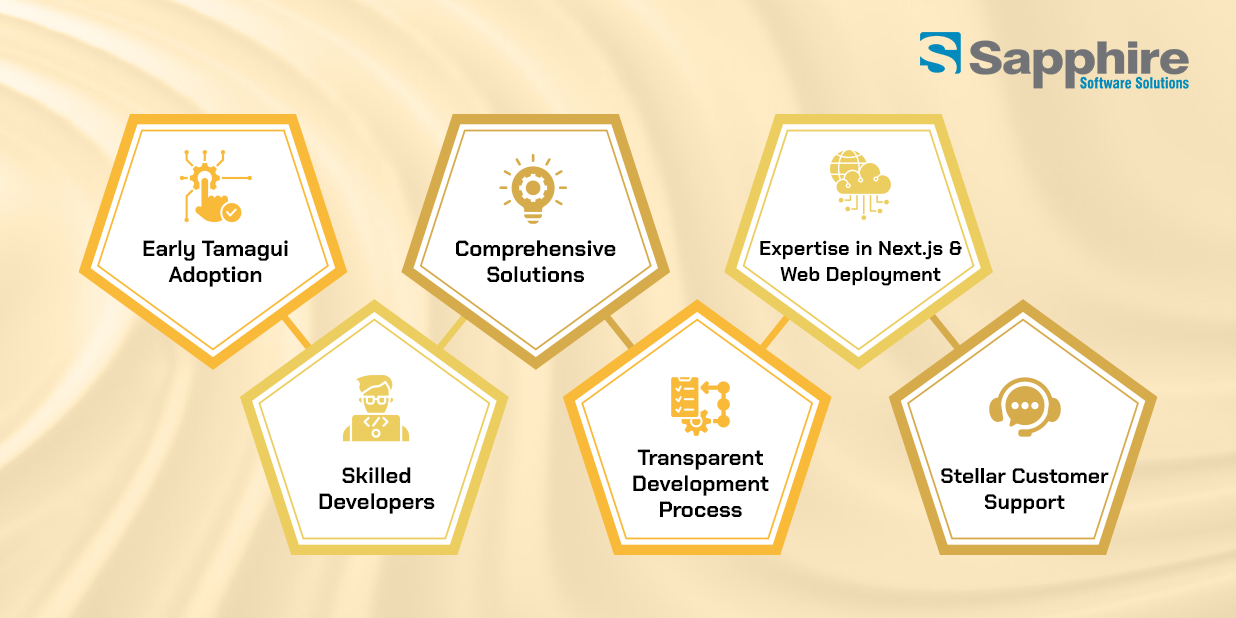
1. Early Tamagui Adoption:
Sapphire embraced Tamagui early, mastering Tamagui UI long before mainstream adoption.
This early adoption has given Sapphire’s development team a significant head start in understanding Tamagui’s capabilities and best practices. Their developers have worked through multiple framework versions, experiencing firsthand how to leverage its strengths and navigate its evolution.
The team excels at TAMAGUI install processes and configuration optimizations for various project requirements, ensuring smooth setup and development.
This experience depth translates to more efficient development cycles, better optimized applications, and fewer unexpected challenges during implementation.
2. Comprehensive Solutions:
From setup to sophisticated enterprise-grade apps, Sapphire offers complete React Native App Development Services tailored to your business needs.
Sapphire’s end-to-end approach means they handle every aspect of your application development journey. This includes initial strategy and requirements gathering, UX/UI design optimized for Tamagui’s capabilities, development across web and mobile platforms, thorough testing, and deployment.
This comprehensive service model eliminates the need to coordinate between multiple vendors, reducing communication overhead and ensuring a cohesive vision from concept to launch.
3. Expertise in Next.js and Web Deployment:
By leveraging Tamagui Next.js and Tamagui Web, Sapphire ensures your apps deliver consistent performance across all platforms.
Sapphire’s developers excel at configuring Next.js for optimal SEO, performance, and user experience. Their expertise extends to advanced Next.js features like incremental static regeneration, API routes, and middleware—all implemented harmoniously with Tamagui’s styling and component system.
For web applications, they implement sophisticated optimizations like code splitting, lazy loading, and performance monitoring to ensure your application delivers premium user experiences.
4. Skilled Developers:
Sapphire’s developers stay current with updates on Tamagui GitHub, ensuring your apps are built using the latest techniques and optimizations.
The development team undergoes continuous training and knowledge sharing to remain at the cutting edge of Tamagui and related technologies. Many team members actively participate in the Tamagui community, contributing insights and solutions to common challenges.
This commitment to ongoing learning ensures your application benefits from the latest features and performance improvements as they become available.
5. Transparent Development Process:
They maintain an agile and transparent development process, keeping you informed throughout the project.
Sapphire’s project management approach includes regular progress updates, interactive demos, and clear communication about milestones and challenges. Their agile methodology allows for course corrections and priority adjustments as your business needs evolve.
This transparency extends to code quality and architecture decisions, with regular code reviews and architecture discussions to ensure the application remains maintainable and scalable as it grows.
6. Stellar Customer Support:
Beyond launch, Sapphire’s dedicated support team ensures your app remains robust, secure, and up-to-date.
Sapphire offers flexible support packages tailored to your specific needs, whether that’s regular feature updates, performance optimizations, or rapid response to critical issues. Their support team is deeply familiar with Tamagui’s architecture, enabling them to diagnose and resolve problems quickly.
For enterprise clients, they offer comprehensive service-level agreements with guaranteed response times and regular preventative maintenance to minimize disruption risks.
React Native becomes future-ready with Tamagui developer-friendly framework
Final Thoughts:
In 2025 and beyond, choosing the right tools and partners for app development will determine success.
Tamagui isn’t just another buzzword—it’s becoming the standard for high-performance, cross-platform apps. Mastering Tamagui UI, Tamagui react native, and Tamagui Next is essential for businesses that aim to lead rather than follow.
The rapid evolution of mobile and web technologies continues unabated. By embracing Tamagui’s unified approach to cross-platform development, businesses can ensure their applications remain relevant and performant across an increasingly diverse ecosystem of devices and platforms. This future-proofing isn’t just about technology—it’s about protecting your investment and ensuring your digital presence continues effectively serving your business objectives.
For development teams, the efficiency gains from adopting Tamagui directly translate to faster time-to-market and more responsive iteration based on user feedback. This agility is increasingly becoming a competitive advantage in markets where user expectations continually rise and opportunities emerge and vanish quickly.
When seeking a React Native App Development Company that understands tomorrow’s technology, look no further than Sapphire Technologies.
Contact Sapphire today and harness the power of Tamagui to bring your vision to life with best-in-class React Native App Development Services!



















